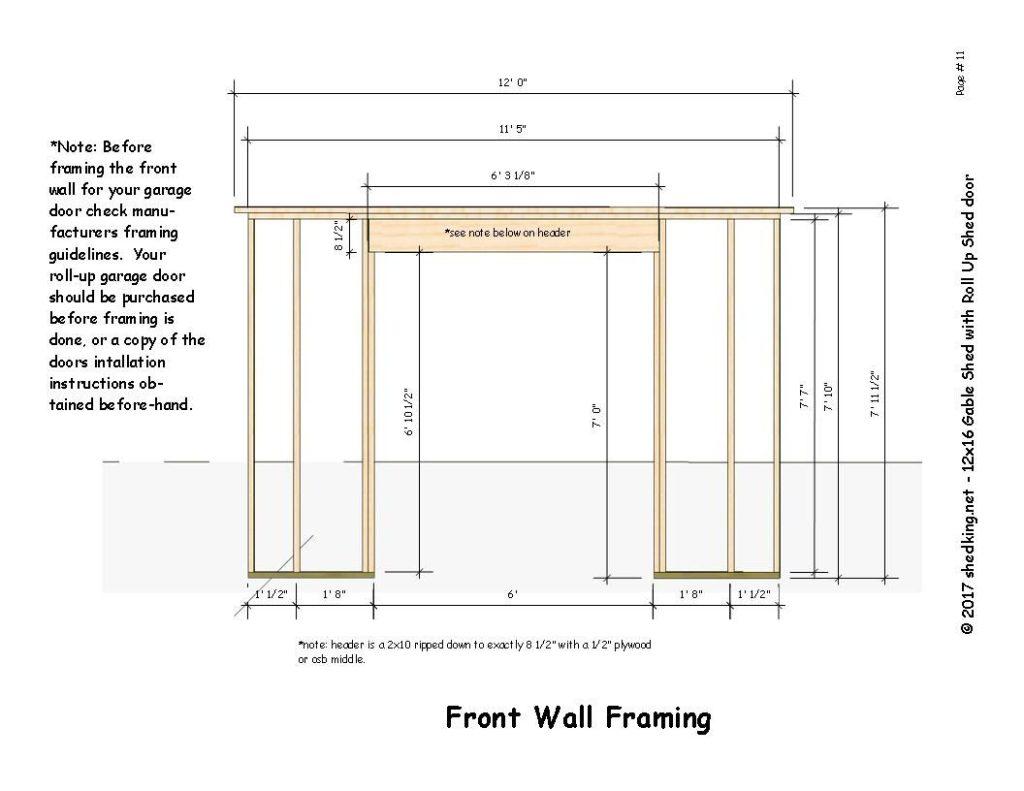Framing in a garage door opening is a critical step in the construction or renovation of any garage. In this comprehensive guide, we’ll delve into the intricacies of framing, providing you with valuable insights and practical advice to ensure a successful project.

Understanding Framing in a Garage Door Opening
What is Framing?
Framing is the process of creating a skeletal structure that serves as the framework for a building. In the context of a garage door opening, framing involves constructing the support structure that surrounds and supports the door.
The Importance of Proper Framing
Proper framing is essential for several reasons:
- Structural Integrity: A well-built frame provides structural support and stability to the garage door, ensuring smooth operation and longevity.
- Weather Resistance: A properly framed opening helps seal out moisture, drafts, and other environmental elements, protecting the interior of the garage from damage.
- Aesthetic Appeal: Framing also plays a role in the visual appearance of the garage door, contributing to the overall curb appeal of the property.
Framing In A Garage Door Opening: Step-by-Step Guide
Read too: Why Your Liftmaster Garage Door Won’t Stay Closed and How to Fix It? Troubleshooting Tips
Step 1: Measure and Mark
Begin by carefully measuring the dimensions of the garage door opening, including width, height, and depth. Use these measurements to mark the location of the framing members on the surrounding walls and floor.
Step 2: Install Header and Jambs
Next, install the header and jambs that will support the weight of the garage door. The header spans the width of the opening and rests on the jambs, which are vertical framing members attached to the walls.
Step 3: Add Studs and Tracks
Once the header and jambs are in place, add vertical studs between the header and the floor to provide additional support. For sectional garage doors, install horizontal tracks along the sides of the opening to guide the door as it opens and closes.
Step 4: Reinforce Corners and Connections
To ensure the structural integrity of the frame, reinforce the corners and connections with metal brackets or braces. This will help prevent sagging, shifting, or other issues over time.
Step 5: Insulate and Seal
Finally, insulate the framing members to improve energy efficiency and seal any gaps or seams to prevent air and moisture infiltration. This will help maintain a comfortable and dry environment inside the garage.
Tips and Best Practices
- Use pressure-treated lumber for framing members that will be in contact with concrete or exposed to moisture.
- Follow local building codes and regulations when framing a garage door opening to ensure compliance and safety.
- Consider hiring a professional contractor or carpenter if you’re unsure about tackling the framing project yourself.
Conclusion
Mastering the art of framing in a garage door opening is essential for ensuring the structural integrity, weather resistance, and aesthetic appeal of your garage. By following the steps outlined in this guide and adhering to best practices, you can confidently tackle this crucial aspect of garage construction or renovation.



Leave a Reply